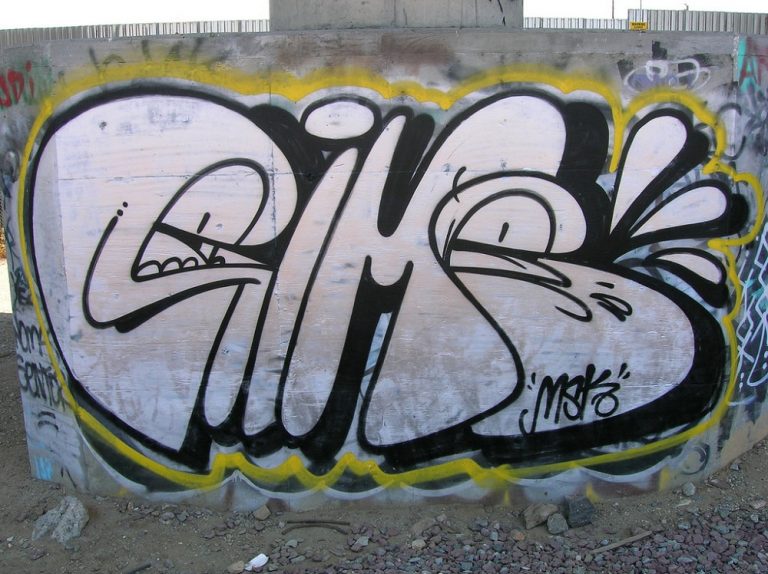
The origins of Malaysia’s street art culture date back to the early 2000s. It became a controversial topic in the public eye as to whether street art is considered vandalism and/or illegal.
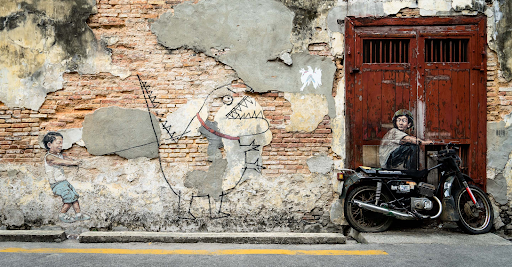
However, the application of street art has become a promotional tool in many industries such as advertising and tourism. George Town in Penang, Malaysia is a great example of legally implementing street art to attract locals and tourists. Without causing any damage to the heritage sites in Penang, the street art containing images of heritage and culture was able to attract people with.
Graffiti art is generally defined as word based, while street art encompasses visually driven themes like wall murals seen in cities and towns. Graffiti art and mural art are both considered as street art yet they are perceived differently by the general public, as to which type of street art could bring value to the community.
The objective of my project is to find out whether the illustrations of street art can be a culture in the community or a cultural image of the place, and also to study how the different types of street art can bring about cultural appreciation or bring a negative impact to the cultural image of the place.
First, by looking at the graphic components in Malaysian street art, we can see if the visual qualities between graffiti art and street murals in Malaysia are relevant in bringing values to the Malaysian community.
Graphic Components in Malaysian Street Art
1. Image
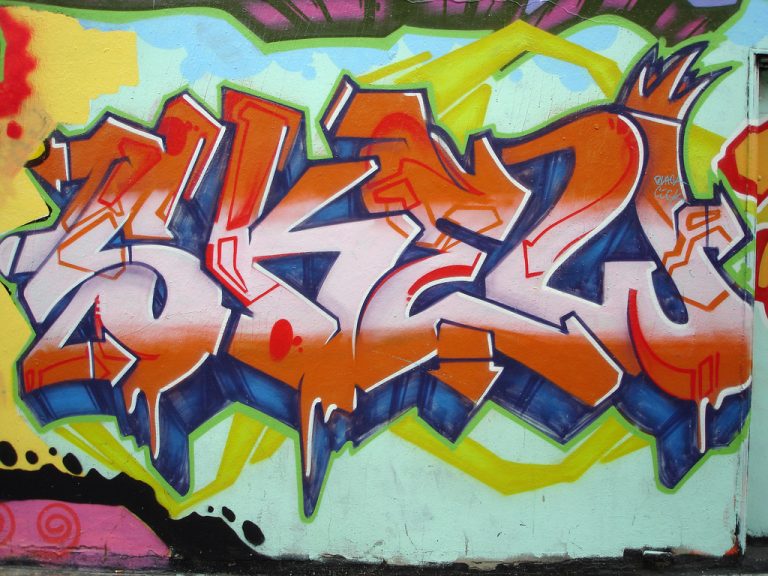

Graffiti art is usually heavily dependent on typography. On the other hand, words and human figures are utilized as the main elements in the majority of the murals that contain themes such as heritage, unity and patriotism.
2 Message
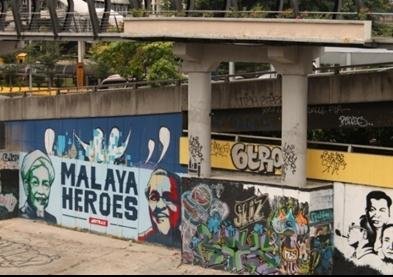
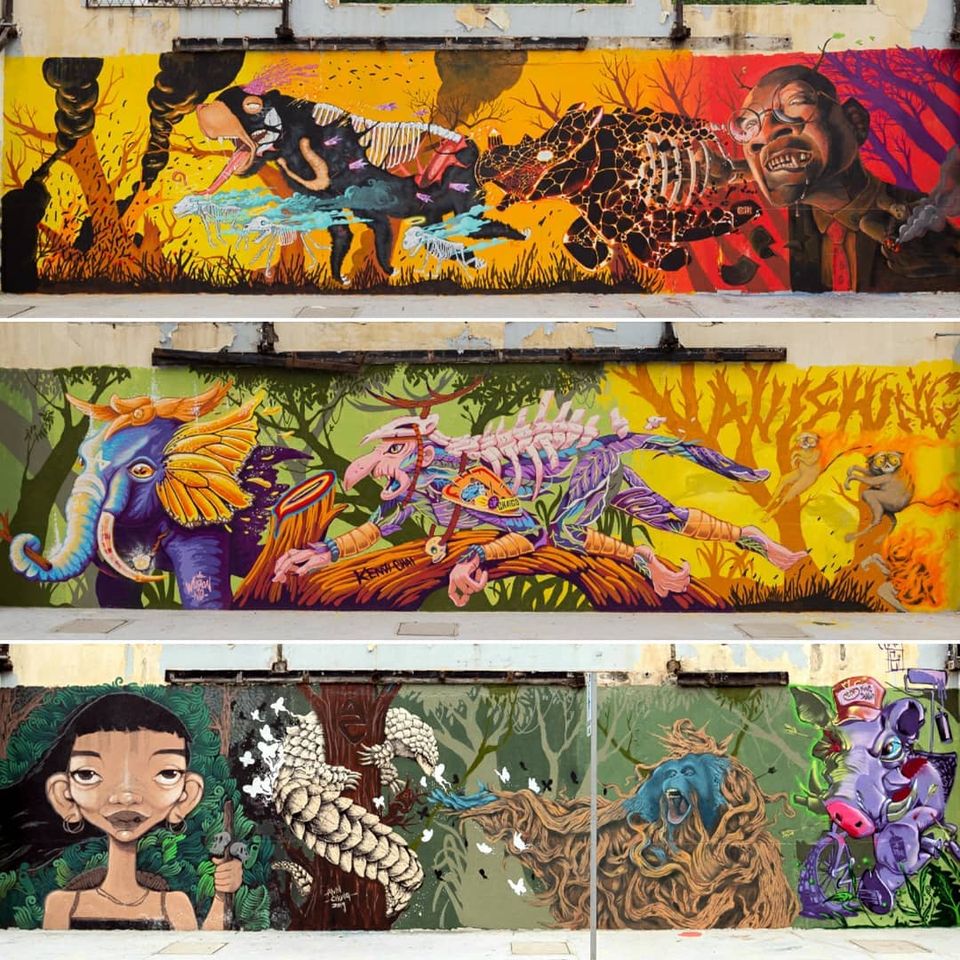
Messages on current issues, social messages, and politics can be found indirectly communicated via graffiti art and the most common themes that revolve around mural art are historical facts, communicational purpose, cultural representation, and symbolism.
3. Colour
Based on observation, graffiti art in Malaysia is much more colorful and vibrant now than it was in the past as in the walls along the Klang River in Kuala Lumpur. For mural art, the artist’s choice of colors is determined by the concept he or she is pursuing. Murals in Malaysia are often colorful, with more than five bright,vibrant colors which can be seen in George Town, Penang.
Promotion of Culture and Heritage
A survey done by Poon showed that 56 out of 100 (56%) respondents strongly agreed and 32 out of 100 (32%) respondents agreed that preserving street art will benefit future generations for posterity. Similarly, Vepachedu also stated that cultural heritage should be acknowledged and affirmed for the sake of present and future generations. Additionally, based on a research article, implementation of public art enhances an area’s visual image, and also reflects the city’s identity, commemorates history, and highlights the uniqueness of the local culture. In line with that, Salau revealed that it is fundamental for city development to preserve culture and tradition through street art installations since the city image is to cater to the tourism industry. Furthermore, the implementation of public art has improved the understanding of the urban community and encouraged their participation in public art creation.
Differences in Values and Perception
Public perception is involved in this project; because they are the direct stakeholders of the country, so have the right to decide if street art illustrations could bring value to the community. In order to do that, I conducted an survey where 111 responses were collected.
Most of the respondents (96.4%) can differentiate between graffiti art and street murals. The respondents do not think negatively when the terms “graffiti” and “street murals” come to mind. They think the street art illustrations that reflect local culture are the ones associated with past memories and local culture while the street art illustrations that do not reflect local culture are the ones associated with the style of graffiti.. 36% of the respondents believe that street art illustrations in Malaysia that do not reflect local culture do not bring value to the community. However, they think both graffiti and mural art are suitable in general to promote culture and heritage in Malaysia.
In summary, it has been discovered that graffiti art and street murals are accepted and appreciated in Malaysia. Malaysian street art is not merely for aesthetic purposes but also act as a medium to celebrate Malaysia’s unique heritage and culture, potentially reminding Malaysians about the importance of their country’s heritage. Street art implementation also enhances the city’s image and reflects the city’s identity while encouraging community members’ participation in public art creation and at the same time improving their understanding of street art. Whether it be mural art or graffiti art, a successful street art project should have local cultural aspects such as tradition, heritage, customs, and ethnicity incorporated into them to convey the essence of Malaysia’s multicultural communities They provide value to local communities also hoping to positively change the communities’ behaviour with their messages.

In line with this topic, I designed a cover illustration related to street art. I decided to use the silhouette of spray cans as the subject on my cover design. The keyword of the concept is “positivity”. The colors are vibrant and bright, showing the positive image that Malaysian street art has now.

